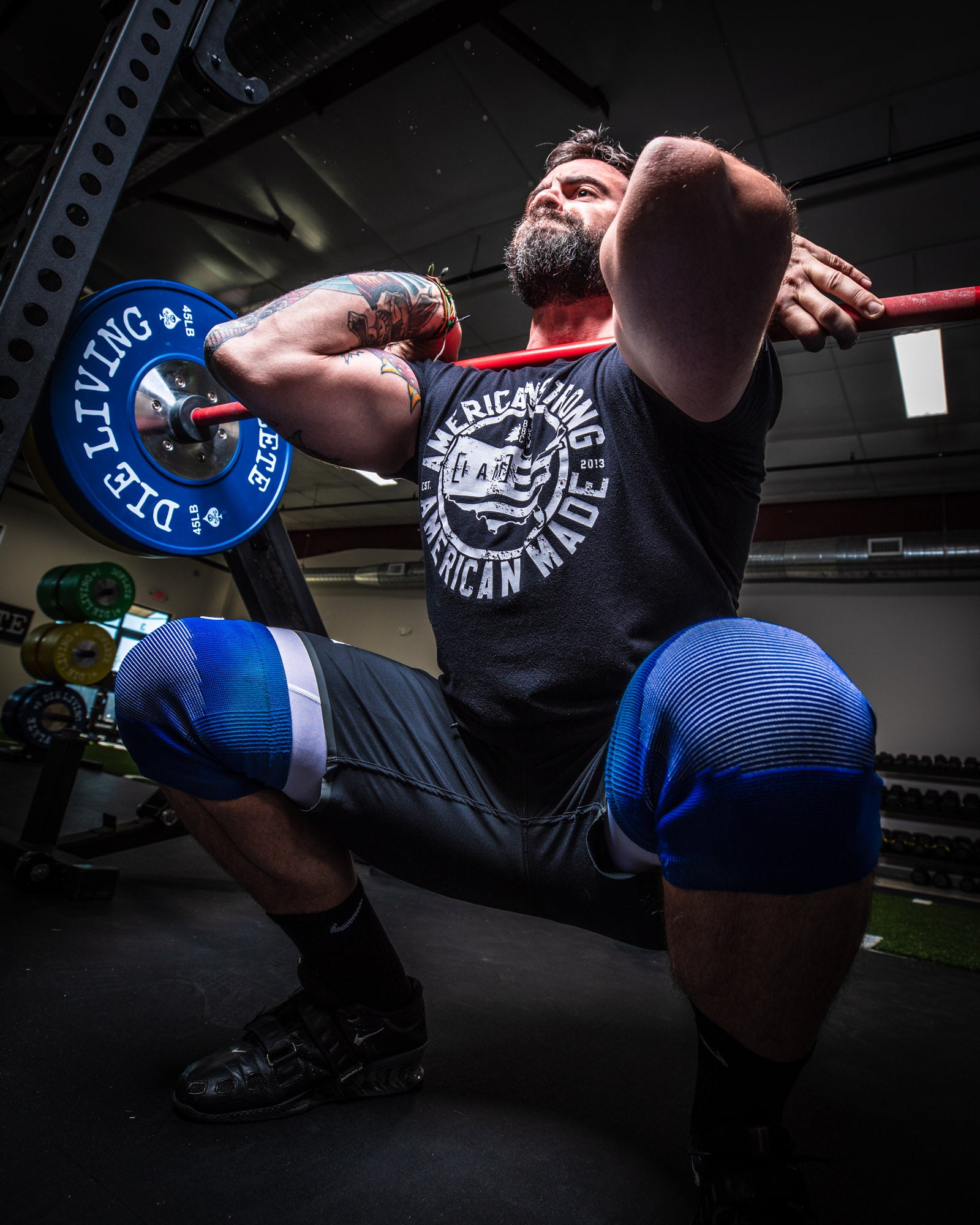So you want to get stronger for climbing, to build enough strength to hang from a boulder’s face? Well, contrary to what you might be thinking, strength training isn’t what you need. Climbing is.
When I started climbing there weren’t bouldering gyms, there wasn’t YouTube, and there were 5.14s and v14s. And though, thanks to new developments in training, climbers able to do harder routes in less time, strength is probably less of a culprit than you might think. Don’t get me wrong, old stone masters used specific activities to get their strength to a high level but it certainly didn’t involve many of the crazy techniques you see some of the high-end climbers putting to use to raise the bar to new levels. In fact, I climbed my first 5.14 doing nothing but climbing,

But you’re reading this because you are different and need to train more specifically. So, before I start let me warn you of a few things.
First, connective tissue adapts much slower than muscle and has less perfusion than other tissues involved in strength activities. What does this mean? Simply, don’t rush or you’ll get an injury and end up taking time off instead of getting stronger and improving your technique.
Second. Tendons like consistency. This means that big changes in your activities, as well as abrupt shifts in your training and loads, cause damage that requires time to heal and compensate from/for. Progress gradually and you will see a lot of positive results. Progress too fast and ‘pop’ goes a finger.
The Hangboard
Okay. So you’re ready to hang. The best place to start hanging is on a hangboard, which is a simple apparatus you can mount right in your home. Formerly called “doorjambs,” hangboards have exploded in popularity recently, meaning there are tons on the market. Most hangboards have a variety of holds and there has been some research on the types of holds best used to gain strength. If you can’t afford a Beastmaker, go to Home Depot, get a piece of wood, sand it down enough to not tear up your hands and slap it on a wall in your home or garage. The idea is to have an edge or series of edges that allow you to hang on and reach failure on the last hang of your last set.

When it comes to working with hangboards, the most widely used protocol is called the “repeater system.” To use the repeater system, set a timer on intervals to have you hang for seven seconds and rest for three. Repeating the cycle seven times. Once the “set” is done, rest three minutes and repeat two more times. Some people like to scale down as the sets go on, meaning they’ll do six hangs instead of seven on the second set, followed by five hangs on the third set. I prefer to be consistent with seven on, three off, as it’s easier to plan for.
Like most people who are brand new to climbing, you might not be able to hang for seven seconds on the largest of edges a hang board offers. There are a few solutions. First, just climb until you are strong enough to hang. If that’s not an option, use pulleys to take weight off until you can complete a series of seven-second hangs.
But while you focus on hand strength, it is imperative to continue to focus on technique. Because being able to do one finger pull-ups on a doorjamb and not climb v10 means your technique sucks. You will stand out like a Tesla at Sturgis.
Variety is King. But So is Consistency
Pick a number of holds to work on and mix them up. But stay within the framework of those holds. It’s best to have a large flat edge, medium flat edge, sloper, pinch, and perhaps three and two finger pockets. Start slow, perhaps with one set for the first week, two sets for the second and third weeks, three sets after that. Be sure to be consistent while also including variety. Take note of any strange feelings in the fingers and forearms after using less familiar hold types. Avoid hanging on single fingers until you’re ready to do that. “But when will I be ready?” You’ll know.
Our hands are very complicated mechanically. The muscles and tendons that control our ability to grip different types of things interconnect from our fingers to our elbows and interact in ways unusual to a standard flexor/extensor. What I mean by this is that often we’re using both our flexors and extensors to grip things. How we train ourselves to use our hands can lead to strength. Unfortunately, it can also lead to injuries. Take care and pay attention to how you use your hands and the muscles of your forearm for different holds and grip training exercises.
Take Care of Those Hands
Other than hanging, a good idea is to practice a limited number of prehab-type routines so you’re familiar with how to treat overuse. Elbow tendons can get overused and irritated easily. Once the irritation isn’t acute, it’s common practice to use negatives to train the tendons back to strength. If that doesn’t make sense, go see a physical therapist and pick up a copy of Jared Vagy’s book, Climb Injury-Free for a bunch of great ways to treat some of these hiccups.

Tendons and ligaments have poor vascularization and perfusion. In this department, hands are no different. One protocol that is massively helpful in the healing of the hands and one that is massively underused is akin to an ice bath. First, fill a bowl large enough to completely submerge the hands past the wrists with cold water. Then take a few ice cubes and plop them in. Finally, submerge the hands for fifteen to twenty minutes. Eventually, your hands will feel as if they’re getting warmer.
I would say focus on making this a part of your routine before things in your hands begin to tweak but that’d be hypocritical, as I often forget this therapy until my own hands start to hurt. The method is time-consuming, requires consistent practice and you might not feel the effects for several days. But it works.

Train to Your Level. Not to Mine.
I’d like to leave you with some advice that has served me well in a variety of disciplines. Just because you see the best in the world training a certain way, you can bet they didn’t train that way to get to be the best. There is an appropriate way to train at each level on your way to achieving your goals. We often see videos of people who are already at the top of their game or achieving success at a spectacular level but they probably worked their way from the basics upwards, gaining mastery of simpler skills on their journey. Just because you see a guy lifting a car to train today doesn’t mean he started his lifting career lifting cars. Don’t let that concept slip from your grasp in any of your endeavors. Start small and work your way up.
Die Living
[training-ad]





Leave a comment
This site is protected by hCaptcha and the hCaptcha Privacy Policy and Terms of Service apply.